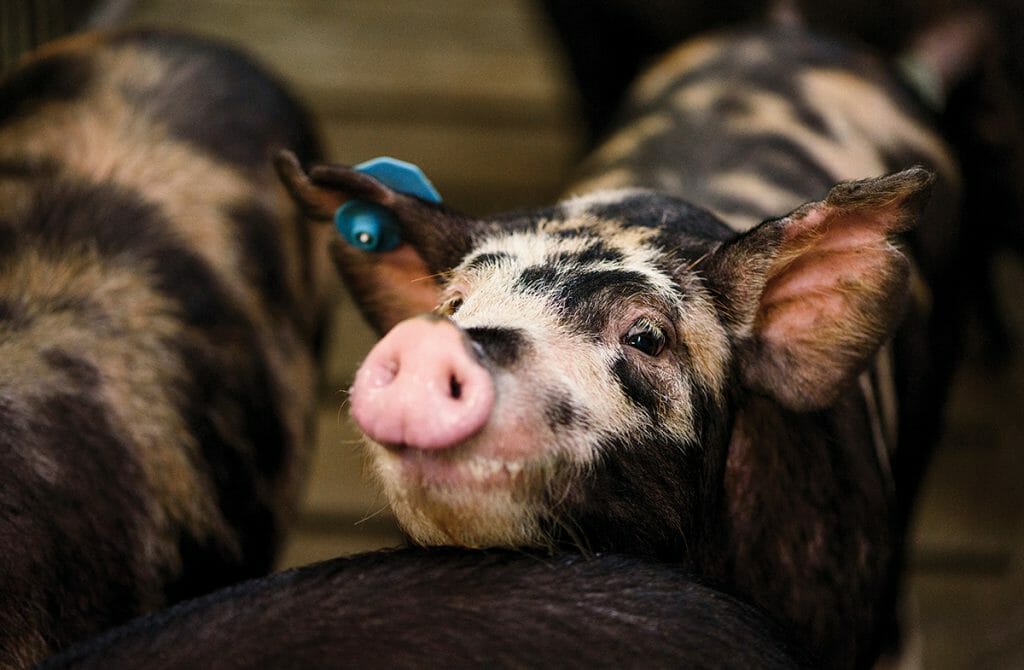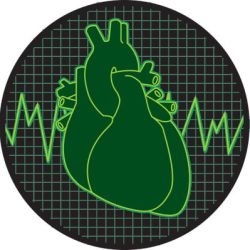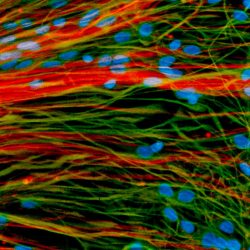Thank You, Miniature Pigs
Their cells could speed the way to treatments in humans.

Cells from miniature pigs could lead to treatments for conditions ranging from osteoarthritis to heart disease. Jeff Miller
Cells from miniature pigs are paving the way for improved stem cell therapies.
A team led by Wan-Ju Li of the UW Stem Cell & Regenerative Medicine Center offers ways to create a particularly valuable type of stem cell in pigs. These cells could speed the way to treatments that restore damaged tissues for conditions from osteoarthritis to heart disease in human patients.
In a study published in Scientific Reports, Li’s team also provides insights into the reprogramming process that turns cells from one part of the body into pluripotent stem cells, a type of building-block cell that can transform into any type of tissue. Pluripotent stem cells are invaluable to medicine since they can be used for the regeneration or repair of damaged tissues.
Li, an associate professor of orthopedics and rehabilitation and biomedical engineering, has spent much of his career studying cartilage and bone generation and developing innovative therapies. Along with members of his Musculoskeletal Biology and Regenerative Medicine Laboratory, he obtained skin cells from the ears of three breeds of miniature pigs. The team reprogrammed the cells to create induced pluripotent stem cells and demonstrated that they have the capacity to become different types of tissue cells.
Findings of this study suggest that the miniature pig is a promising animal model for preclinical research. The team plans to use the established pig model to reproduce its recent findings of cartilage regeneration in rats. Regenerating cartilage in animals that are alike to humans moves science one step closer to helping patients experiencing joint diseases such as osteoarthritis.
The approach can be applied to regenerative therapies targeting any organ or tissue. “I want to make sure that our findings in stem cell research can be used to help people,” Li says.
Published in the Spring 2023 issue


Comments
No comments posted yet.